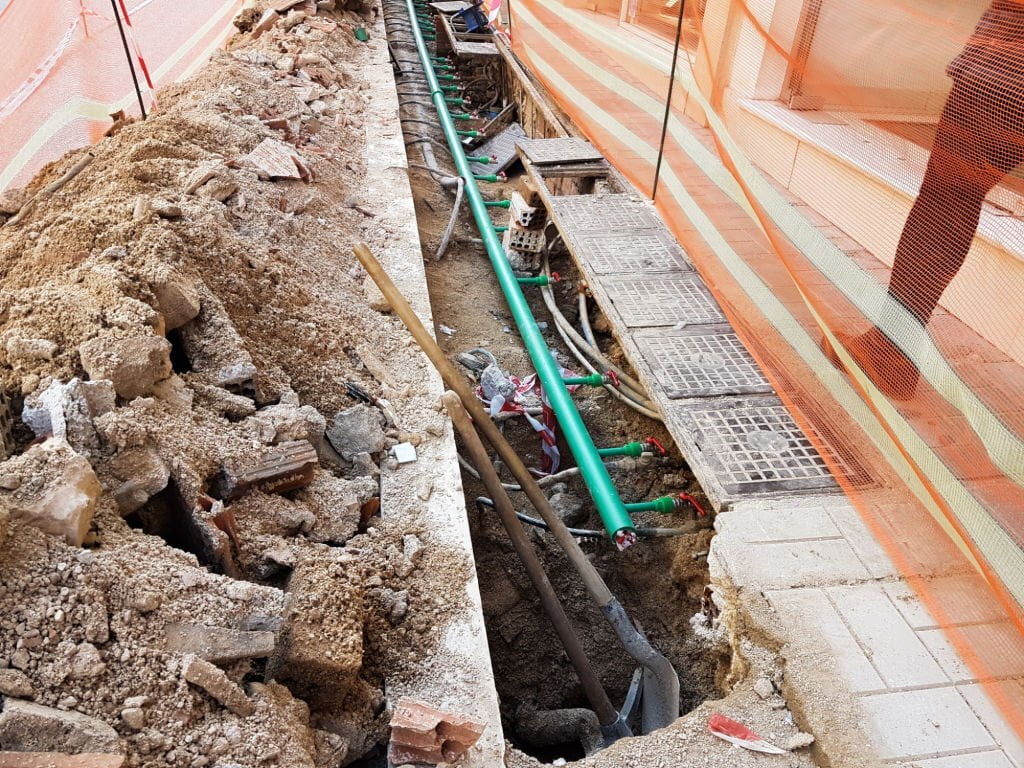Looking to build a strong and beautiful structure that will stand the test of time? Look no further than masonry construction! From ancient pyramids to modern skyscrapers, masonry has been used for centuries to create stunning and durable structures that are built to last. Whether you’re a DIY enthusiast or a professional builder, understanding the types and techniques of masonry construction can help you create the structure of your dreams. So, let’s dive into the world of masonry and discover the secrets to building structures that are both strong and beautiful.
Masonry construction is a time-tested method for creating durable and visually appealing structures. Using various masonry materials and techniques allows for constructing buildings that stand the test of time. Along with making structures you need to have proper precise and accurate estimates for your project. Several organisations work on providing estimates for your projects, SMA Estimating LLC provides you with cost-effective solutions through experienced estimators. Having estimates in advance helps you to overcome the risk of cost overruns.
Understanding Masonry Construction
Masonry construction uses bricks, stones, and concrete blocks to build walls, facades, and other structural elements. One of the critical benefits of masonry construction is its durability, as it can withstand harsh weather conditions and provide excellent insulation.
Types of Masonry Materials
Bricks
Bricks are one of the most commonly used masonry materials. They come in different types, such as clay, concrete, and sand-lime bricks. Clay bricks offer a classic and timeless look, while concrete bricks provide strength and versatility. Sand-lime bricks are known for their excellent fire resistance. Each type of brick has its own set of properties, advantages, and disadvantages, making them suitable for different construction needs.
Stones
Natural stones like granite, marble, and limestone are renowned for their beauty and durability. They offer a wide range of colours, textures, and patterns, making them ideal for adding a touch of elegance to any structure. The selection and working of natural stones require careful consideration to ensure proper installation and long-term stability.
Concrete Blocks
Concrete blocks are famous for their affordability and ease of use. They come in different types, including solid, hollow, and lightweight blocks. Concrete blocks are versatile and can be used for both load-bearing and non-load-bearing walls. Their strength and resistance make them a practical choice for various construction projects.
Masonry Techniques
Mortar
Mortar is crucial in constructing masonry as it binds the individual units together. Different types of mortar, such as lime, cement, and clay mortar, have distinct properties that suit specific applications. Proper mixing and application techniques are essential for achieving a solid, durable bond between masonry units.
Bonding
The bonding pattern in masonry construction affects the structure’s structural integrity and aesthetic appeal. Common bonding patterns include stack bonds, running bonds, and Flemish bonds. The choice of bonding pattern depends on factors like the desired look, structural requirements, and the masonry material being used.
Masonry Joints
Masonry joints are the spaces between the masonry units that allow for flexibility and accommodate movement. Various joint types, such as concave, V-shaped, and flush joints, serve different purposes and contribute to the overall strength of the masonry structure. Properly executed joints enhance the structural integrity and visual appeal of the construction.
Structural Considerations
Load-Bearing Walls
Load-bearing walls are integral to masonry construction, providing structural support. Proper design and construction principles ensure that load-bearing walls can withstand vertical and horizontal loads. Reinforcement options, such as steel bars or mesh, may be employed to strengthen load-bearing walls when necessary.
Foundations
Solid foundations are vital for the stability and longevity of masonry structures. Various foundation types, including strip foundations and raft foundations, can be used depending on the soil conditions and the size of the system. A well-constructed foundation ensures that the weight of the building is evenly distributed and prevents settling or shifting over time.
Maintenance Practices
To keep masonry structures in optimal condition, it is crucial to follow these guidelines:
Regular Inspections
Conduct routine inspections to identify any signs of deterioration, such as cracks, loose mortar, or water infiltration. Early detection allows for timely repairs and prevents further damage.
Addressing Cracks
Cracks in masonry can occur due to various factors, including settling, temperature changes, or structural stress. Repairing cracks promptly is vital to prevent moisture penetration, which can weaken the structure. Techniques like crack stitching and repointing can restore the integrity of the masonry.
Dealing with Efflorescence
Efflorescence, the white salt deposits that appear on the surface of masonry, can detract from its aesthetics. Efflorescence occurs when water-soluble salts are brought to the surface by moisture. Proper cleaning techniques, such as brushing and using mild acidic solutions, can remove efflorescence and restore the original appearance of the masonry.
Weathering Protection
Masonry structures are exposed to the elements, making them susceptible to weathering. Applying water-repellent coatings or sealants can help protect against moisture absorption and prevent deterioration caused by freezing and thawing cycles.
Preservation Techniques
Preserving historic masonry structures or maintaining the aesthetics of masonry construction can be achieved through the following techniques:
Cleaning and Restoration
Over time, masonry surfaces may accumulate dirt, stains, or biological growth. Gentle cleaning methods, such as pressure washing with low-pressure and mild detergent solutions, can effectively remove dirt without causing damage. Techniques like steam or poultice cleaning may be employed for delicate or historic masonry. In restoration projects, careful repair or replacement of damaged masonry units is undertaken to maintain the structure’s original integrity.
Protective Coatings and Treatments
Protective coatings and treatments can enhance the durability of masonry. Clear sealants or breathable coatings can protect against water penetration while allowing moisture to escape. Anti-graffiti layers create a protective barrier, making removing graffiti without damaging the masonry surface easier.
Conclusion
Masonry construction continues to be a favoured choice for building strong and visually appealing structures. By adhering to regular maintenance practices such as inspections, crack repairs, and addressing efflorescence, we can ensure masonry buildings’ longevity and structural integrity. Additionally, employing preservation techniques like cleaning, restoration, and protective coatings helps preserve aesthetic charm and enhance the durability of masonry structures.
As you explore the world of masonry, remember to engage in proper maintenance and preservation practices. Doing so lets you enjoy the enduring beauty and strength of masonry construction. Whether a historic building or a modern structure, masonry continues to stand the test of time, providing both functional and aesthetic benefits.

